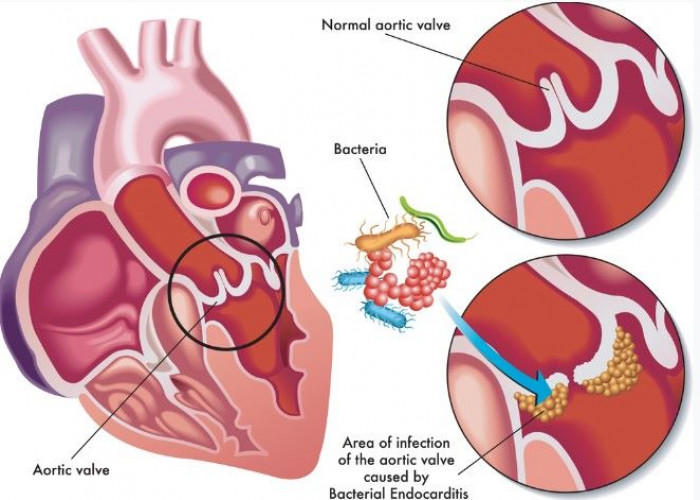 Welcome
Welcome
“May all be happy, may all be healed, may all be at peace and may no one ever suffer."
Endocarditis
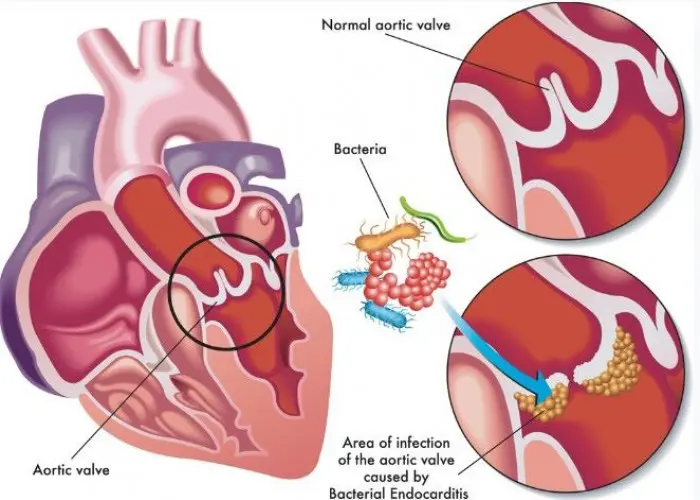
Endocarditis is an infection or inflammation of the inner lining of the heart, which is called the endocardium. It is usually caused by bacteria or other microorganisms that enter the bloodstream and attach to damaged areas of the heart, such as heart valve abnormalities or congenital heart defects.
Symptoms of endocarditis can vary, but often include fever, chills, fatigue, muscle aches, joint pain, and a new or changed heart murmur. In some cases, the infection can also cause complications such as heart failure, stroke, or sepsis.
Diagnosis of endocarditis typically involves a combination of blood tests, imaging studies such as echocardiography, and physical examination. Treatment involves antibiotics to clear the infection and prevent further damage to the heart. In some cases, surgery may be necessary to repair or replace damaged heart valves.
Prevention of endocarditis involves taking steps to reduce the risk of infection, such as practicing good oral hygiene, avoiding injecting drugs, and taking antibiotics before certain dental or surgical procedures for those at high risk of developing the infection. People with heart conditions or a history of endocarditis should also work with their healthcare provider to manage their condition and monitor for signs of infection.
Research Papers
Disease Signs and Symptoms
- Muscle pain
- Red, tender spots under the skin of fingers or toes (Osler's nodes)
- Red spots on the soles of feet or the palms of hands (Janeway lesions)
- Headaches
- Swollen abdomen (Ascites)
- Swollen leg
- Shortness of breath (dyspnea)
- Night sweats
- Fever and chills
- Fatigue (Tiredness)
- Chest pain
- Joint pain
- Tiny purple or red spots, on the skin, in the whites of eyes or inside the mouth
Disease Causes
Endocarditis
Endocarditis occurs when germs, usually bacteria, enter your bloodstream, travel to your heart, and attach to abnormal heart valves or damaged heart tissue. Fungi or other germs also may cause endocarditis.
Usually, your immune system destroys any harmful bacteria that enter your bloodstream. However, bacteria that live in your mouth, throat or other parts of your body, such as your skin or your gut, can sometimes cause endocarditis under the right circumstances.
Bacteria, fungi and other germs that cause endocarditis might enter your bloodstream through:
- Improper dental care. Proper toothbrushing and flossing helps prevent gum disease. If you don't take good care of your teeth and gums, brushing could cause unhealthy gums to bleed, giving bacteria a chance to enter your bloodstream. Some dental procedures that can cut your gums also may allow bacteria to enter your bloodstream.
- Catheters. Bacteria can enter your body through a thin tube that doctors sometimes use to inject or remove fluid from the body (catheter). This is more likely to occur if the catheter is in place for a long period of time. For example, you may have a catheter if you need long-term dialysis.
- Illegal IV drug use. Contaminated needles and syringes are a special concern for people who use illegal IV drugs, such as heroin or cocaine. Often, individuals who use these types of drugs don't have access to clean, unused needles or syringes.
Disease Prevents
Endocarditis
You can take the following steps to help prevent endocarditis:
- Know the signs and symptoms of endocarditis. See your doctor immediately if you develop any signs or symptoms, especially a fever that won't go away, unexplained fatigue, any type of skin infection, or open cuts or sores that don't heal properly.
- Take care of your teeth and gums. Brush and floss your teeth and gums often, and have regular dental checkups. Good dental hygiene is an important part of maintaining your overall health.
- Don't use illegal IV drugs. Dirty needles can send bacteria into your bloodstream, increasing your risk of endocarditis.
Preventive antibiotics
Certain dental and medical procedures may allow bacteria to enter your bloodstream.
If you're at high risk of endocarditis, the American Heart Association recommends taking antibiotics an hour before having any dental work done.
You're at high risk of endocarditis and need antibiotics before dental work if you have:
- A history of endocarditis
- A man-made (prosthetic mechanical) heart valve
- A heart transplant, in some cases
- Certain types of congenital heart disease
- Congenital heart disease surgery in the last six months
If you have endocarditis or any type of congenital heart disease, talk to your doctor and dentist about your risks and whether you need preventive antibiotics.
Disease Treatments
Many people with endocarditis are successfully treated with antibiotics. Sometimes, surgery may be needed to fix or replace damaged heart valves and clean up any remaining signs of the infection.
Medications
The type of medication you receive depends on what's causing the endocarditis.
High doses of IV antibiotics are used to treat endocarditis caused by bacteria. If you receive IV antibiotics, you'll generally spend a week or more in the hospital so your doctor can determine if the treatment is working.
Once your fever and any severe signs and symptoms have gone away, you might be able to leave the hospital and continue IV antibiotics with visits to your doctor's office or at home with home care. You'll usually take antibiotics for several weeks to clear up the infection.
If endocarditis is caused by a fungal infection, your doctor will prescribe antifungal medication. Some people need lifelong antifungal pills to prevent endocarditis from returning.
Surgery
Heart valve surgery may be needed to treat persistent endocarditis infections or to replace a damaged valve. Surgery is also sometimes needed to treat endocarditis that's caused by a fungal infection.
Depending on your condition, your doctor may recommend repairing your damaged valve or replacing it with an artificial valve made of cow, pig or human heart tissue (biological tissue valve) or man-made materials (prosthetic mechanical valve).
Disease Diagnoses
Disease Allopathic Generics
-
Ampicillin Sodium
১টি করে ৬ ঘন্টা পর সেব্য।
-
Amoxicillin Trihydrate
1 vial intramuscularly or intravenously every 8 hours.
-
Gentamicin Sulfate (Injection)
1 injection every 8 hours.
-
Flucloxacillin Sodium
1 500 mg every 6 hours for 7 days. 1+1+1+1.
-
Diclofenac Sodium
Medicines containing diclofenac sodium for pain.
1 injection intramuscularly 2/3 days.
-
Ranitidine Hydrochloride
Acid-busting drugs.
1 pill 2 times a day after meals.
Disease Ayurvedic Generics
Disease Homeopathic Generics
-
Apocynum cannabinum
Q Power 10 drops dose 3 times.
-
Rhus toxicodendron
30, 200 strength.
-
Aconite napellus
30 strength.
-
Belladonna
30, 200 strength.
-
Bryonia alba
3, 30 strength.
-
Viscum album
Q strength.
-
Calcarea carbonica
3X strength.
-
Colchicum autumnale
6, 30 strength.
-
Adonis vernalis
Q strength.
-
Glonoinum
6, 30 strength.
-
Spigelia anthelmintica
30, 200 strength.
-
Lilium tigrinum
30, 200 strength.
-
Thyreoidinum
6, 30 strength.
-
Crataegus
Q strength.
-
Colchicum autumnale
6, 30 strength.
-
Adonis vernalis
Q strength.
-
Glonoinum
6, 30 strength.
-
Spigelia anthelmintica
30, 200 strength.
-
Lilium tigrinum
30, 200 strength.
-
Thyreoidinum
6, 30 strength.
-
Crataegus
Q strength.
-
Lycopus virginicus
Q strength.
-
Lithium carbonicum
1X strength.
Disease yoga
Endocarditis and Learn More about Diseases
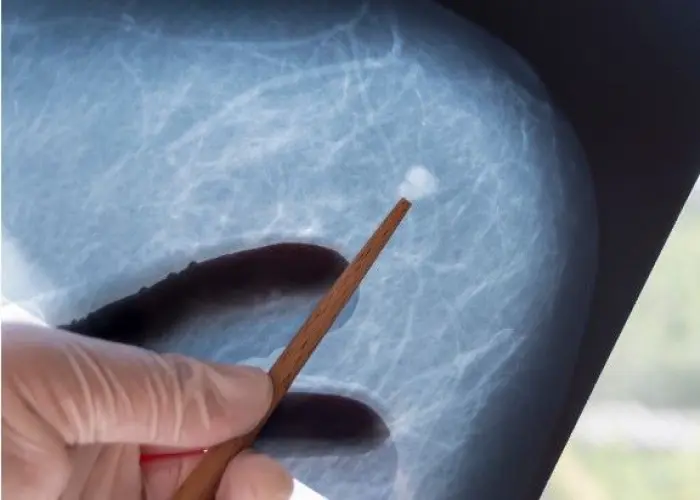
Fibrous dysplasia
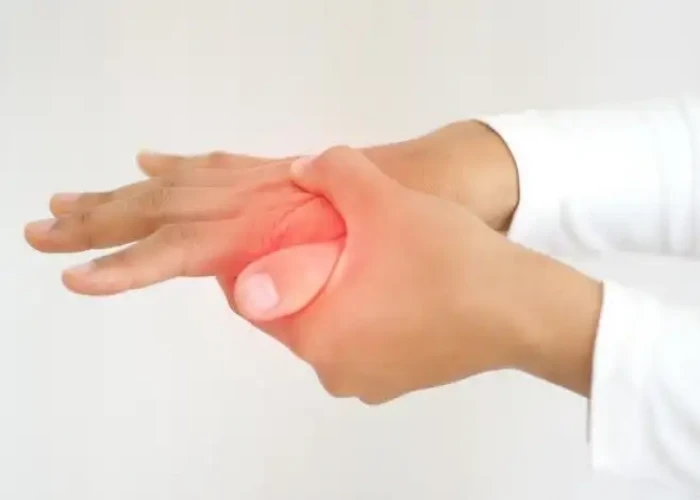
Septic arthritis

Stomach polyps
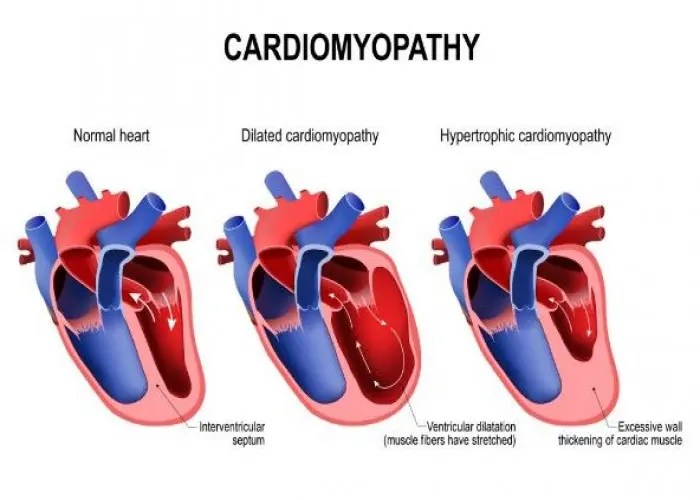
Dilated cardiomyopathy
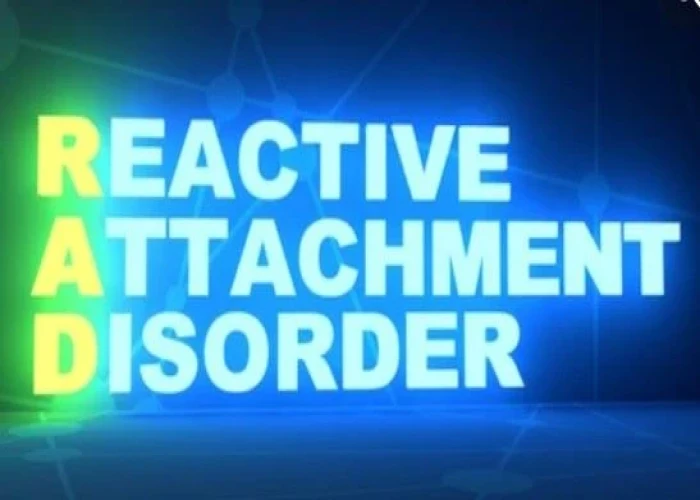
Reactive attachment disorder

Ankylosing spondylitis
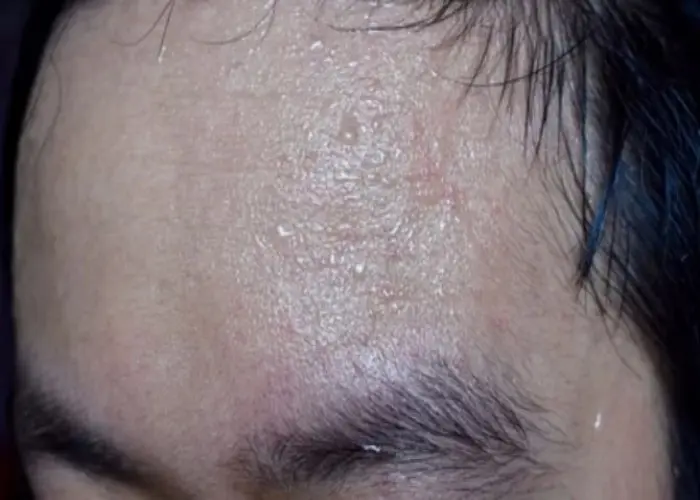
Anhidrosis
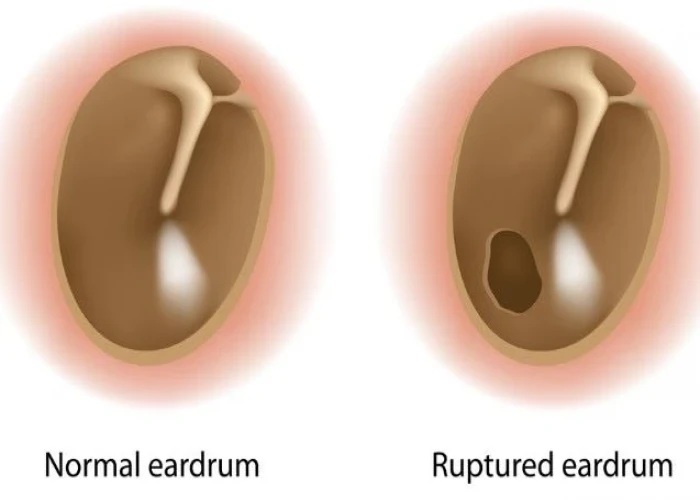
Ruptured eardrum (perforated eardrum)
endocarditis, এন্ডোকার্ডাইটিস
To be happy, beautiful, healthy, wealthy, hale and long-lived stay with DM3S.
